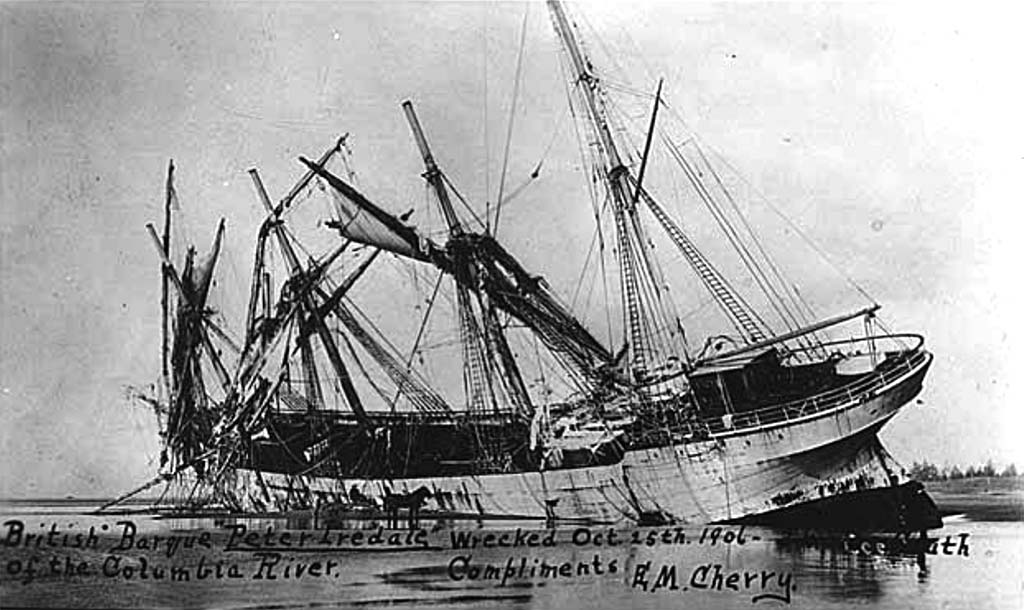On November 4, 1875, the SS Pacific departed Victoria, British Columbia on a routine trip to San Francisco, carrying between 275 and 400 passengers.
It is unknown how many unticked passengers she was hauling, including kids. Sewell Moody, a well-known lumber baron, and Captain Otis Parsons, owner of a fleet of steamers on Canada’s Fraser River, were both on board.
Enormous Numbers Of Golds
In addition, she carried a variety of commercial cargo, including 200 pounds of gold from the mining boom in British Columbia. Pacific came upon the 1,000-ton sailing ship Orpheus as it approached Cape Flattery on its way to Nanaimo.
The mate on board Orpheus mistakes Pacific’s lights for the lighthouse at Cape Flattery at around 2130 in the rain and darkness. When he cut across Pacific’s bow while turning Orpheus to the port, the steamer struck Orpheus on the starboard side. The collision was brief, and Pacific raked down the length of the hull of the sailing ship.
The crew of Pacific initially believed their ship was uninjured by the collision, but after a short while, the ship started to list to port.
The passengers hurried to the lifeboats, and the ship capsized and sank within an hour. All of the survivors who managed to leave the ship entered the ocean, and all but two perished in the hours that followed from cold or drowning.
Following the collision, passenger Henry F. Jelly and ship’s quartermaster Neil Henley were able to stay afloat on debris for several days before being found by passing ships. They made it through the chilly, rainy weather.
Shipwreck Exlopration

Treasure hunters have been drawn to the long-lost Pacific shipwreck for years because it may contain gold valued at millions of dollars.
Entrepreneurs Jeff Hummel and Matt McCauley from Seattle claim that their team has discovered the ship’s wreckage and that they have obtained a court order for salvage rights nearly 150 years after the ship went down.
Through a combination of good fortune and analytical brilliance, their company, Rockfish Inc search team. Rockfish learned that occasionally, local fishermen would trawl up coal at a location off Cape Flattery, so they had a sample examined in a laboratory.
It ended up being compatible with the mine that provided Pacific with bunkering coal. After that fortunate discovery, the list had to be whittled down through a laborious side scan-sonar survey process that involved many passes and revisiting interesting areas. The turning point was when they discovered two rounded depressions in the dirt that turned out to be the paddlewheels of the steamer. The wreck’s identity was confirmed via an ROV survey.
Read more: SSI Payments: Who will receive $941 before December 30?


